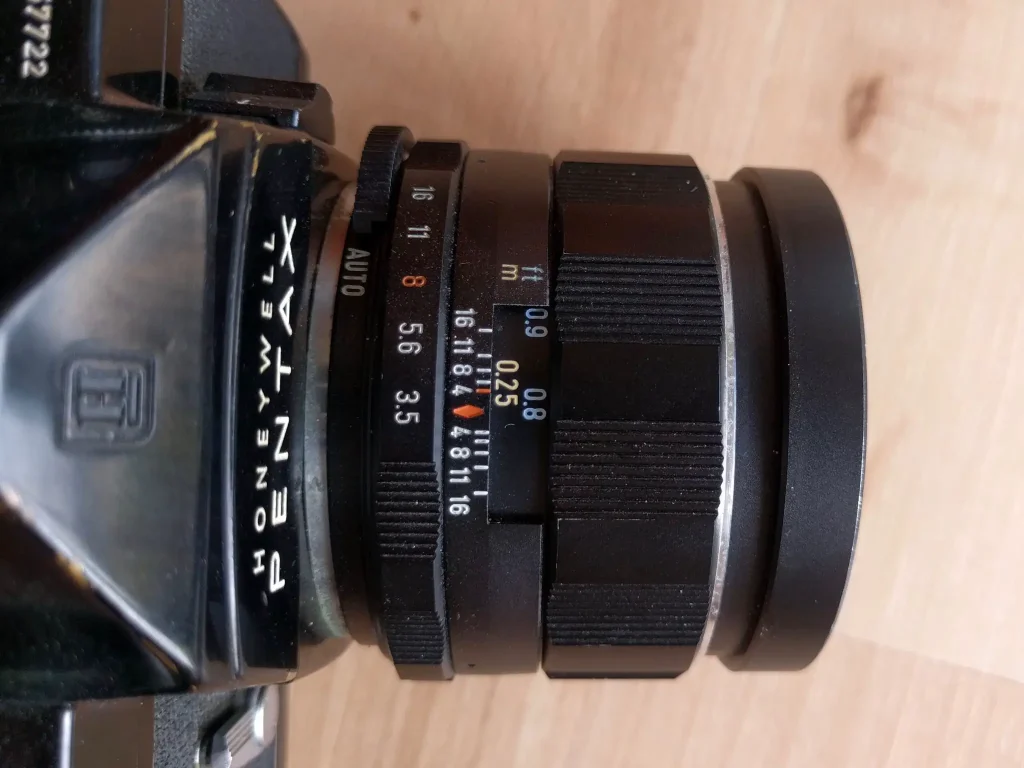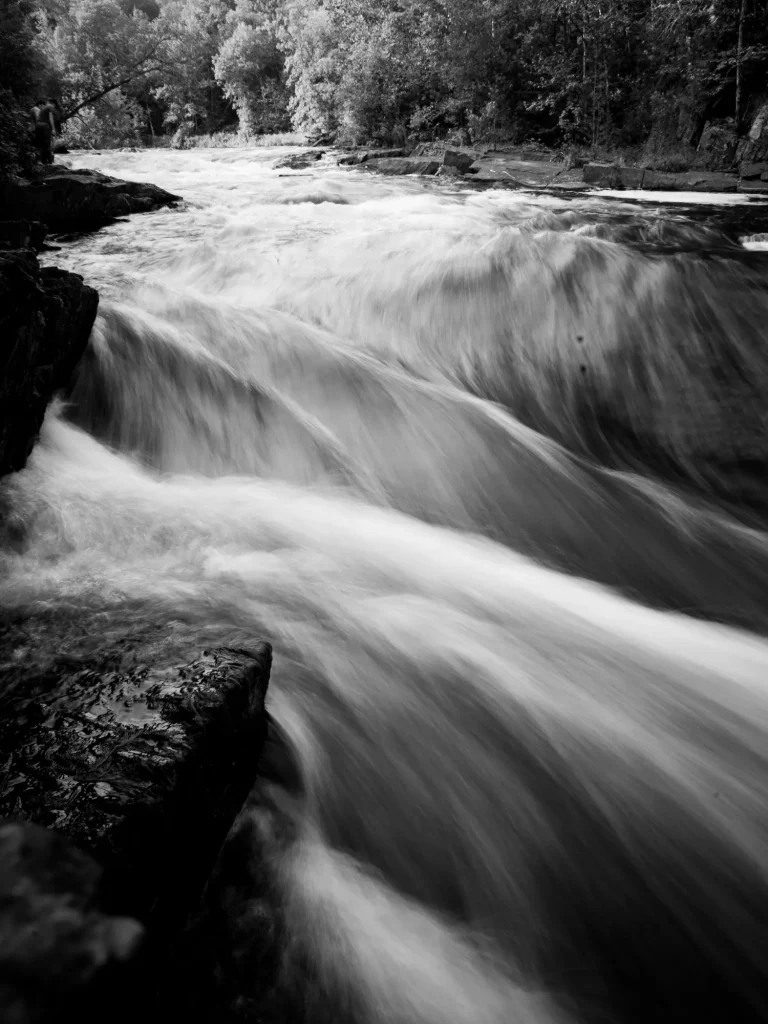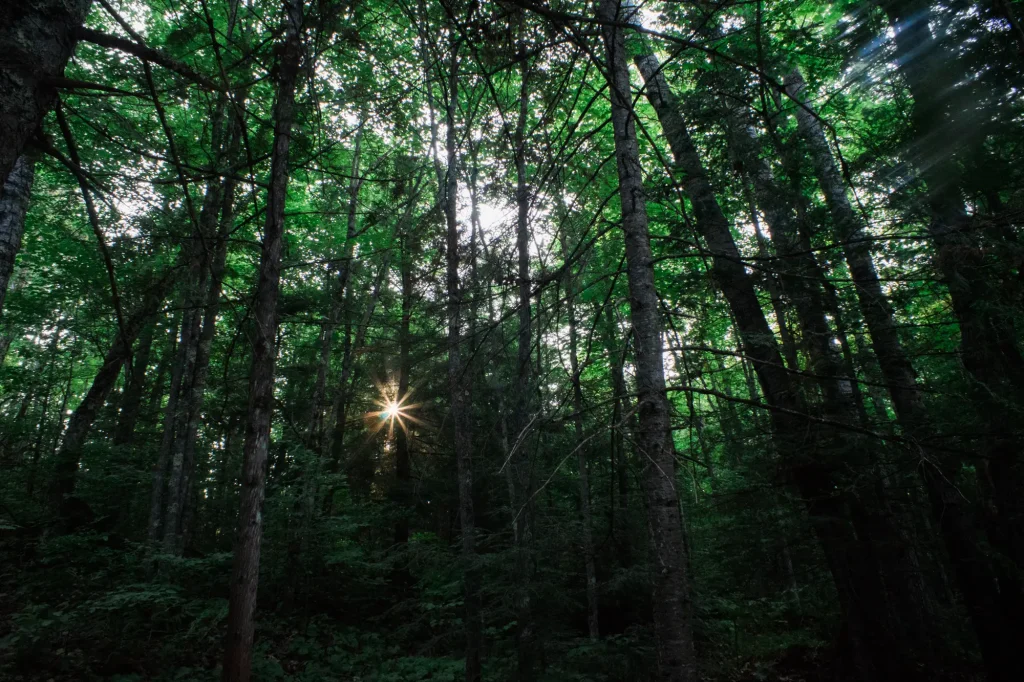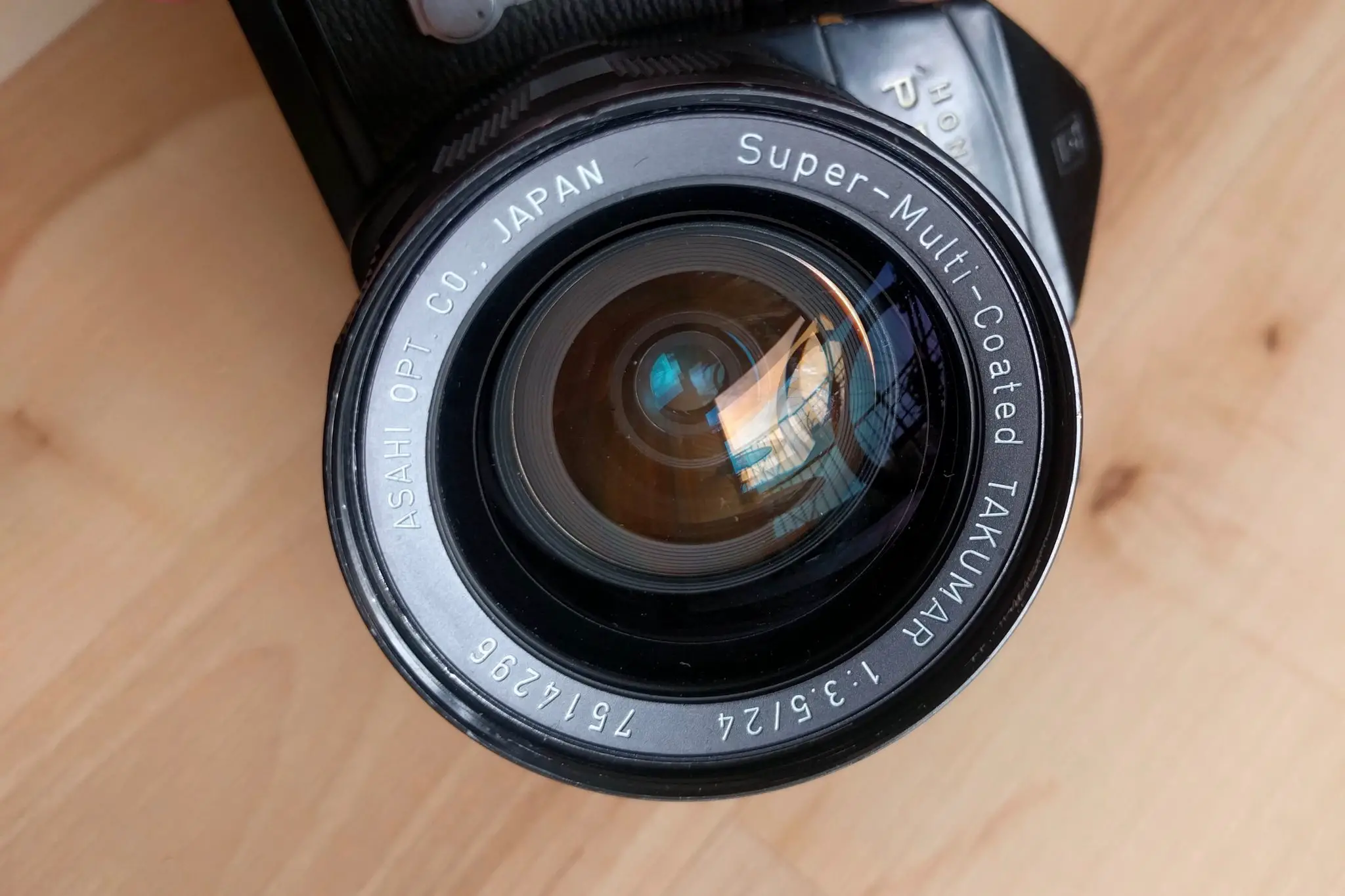There’s a certain joy that comes from handling vintage lenses. Whether it’s the well-defined movement of the focus ring, or the generally rugged build, or even the well-defined clicks of a physical aperture ring – there’s almost a sense of romanticism between a photographer and their gear.
Years before before plastic become commonplace among camera bodies and lenses, and well before auto-focus dominated the scene, the screw-mount Pentax Takumar lenses reigned. In particular, the 24mm f/3.5 variant which I’ve had the pleasure to use for the last several months. This lens was Pentax’s more expensive alternative to their 28mm f/3.5 lens – for those who desired a bit of a wider field of view. While the 28mm was first produced in the 1962, the 24mm wasn’t released for another 5 years.
For those who have used Pentax’s 28mm Takumar lens – it shares many similarities in design. The entire Takumar lineup has exceptional build quality – with the 24mm lens being no exception. Even half a century later, most Takumar lenses are still exceptionally smooth to focus and have confident aperture clicks. The 24mm uses the same scalloped, knurled design for this lens’s focus ring, while also applying this design to the aperture ring with enough physical differences to easily differentiate the two by feel alone. Additionally, the screw-mount flange still aligns well with my Spotmatic body. The included lens cap puts modern plastic lens caps to shame – it’s entirely metal and stays on by friction alone. As with other Takumar lenses, distance markings are clearly labeled in bright colors; another feature that modern lenses have long forgotten.

Size-wise, this lens is decently hefty. It’s significantly wider than the 28mm and even on the chunky beast that is the Spotmatic body can be front-heavy. The specific dimensions are below:
- Diameter: 63mm
- Length: 46.5mm
- Weight: 243g
- Filter Size: 58mm
For those who are interested, there were actually two versions of this lens – the Super-Multi-Coated Takumar and the Super-Takumar. The copy I have is the Super-Multi-Coated Takumar as indicated on the front of the lens. Optically these lenses are identical, each having 9 elements in 8 groups. It should be noted that the lack of a multi coated label on the original version of this lens does not indicate that the lens elements were not coated – indeed they were, however with the second iteration of the lens an additional coating was applied to further reduce reflections and flare.
However, for all its excellent build, how does this lens perform optically? Let’s first take a look at how it performs on a film body.
At f/3.5 the center performance is stunning, with the corners falling apart a bit. This fall off at the corners is not too surprising – this is pretty common for wider lens produced around this time. That being said, stopped down even 1 stop, the entire image sharpens up to admirable levels. From f/5.6 and up, I would be comfortable shooting landscapes where edge-to-edge performance is necessary.

A fun and interesting feature of this lens is the ability to focus down to 0.24m. This was significantly more than the 0.4m of the 28mm lens – and is especially noticeable with the wider field of view. You can actually get some bokeh in scenarios like this. Now whether or not you think it’s “good” bokeh – well that’s up to your personal preference.

The bokeh isn’t exactly smooth, with some rather unsightly rings, but then again this isn’t really a 24mm lens’s priority.
But what about digital? Unfortunately, this is where the lens starts to show its age. At f/3.5, the corners are quite smudged. It requires stopping down to at least f/8 to achieve even mildly sharp corners. Its peak sharpness seemed to be around f/8 to f/11 with sharpness being reduced at f/16 again. Not a great performance but again, not something the lens was designed for in the first place.

While the smudged corners could be a feature of a curved focus plane (I wasn’t able to confirm this), it’s also a feature of how digital sensors read light. Many film lenses project light at a steep angle onto their camera’s sensor – something that a digital sensor handles much more poorly than film does. On a Sony A7 this lack of sharpness is readily apparent. It may perform differently on an APS-C sensor but for full frame digital sensors, it’s hard to recommend this lens.
Distortion is also not something to write home about – but something that Lightroom or a similar photo processing software can correct relatively easily. The horizon for example in the shot below shows a pretty par for the course example of this.

One other note is that this lens produces some decent sun stars at f/11 and f/16.

Oddly enough my copy of the lens must have had an issue with the coatings in the upper right hand corner. Several of my shots had white streaks (as you can clearly see above) when shooting into direct sunlight. Likely a result of the coatings wearing off after 50+ years.
With all that being said, if you’re shooting with one of Pentax’s screw-mount bodies and are looking for something wider than 28mm, this may be the lens for you. While Pentax also produced an even wider 20mm f/4.5 around the same time as the 24mm’s release, I find it a much harder focal length to work with – plus it tends to sell for much higher prices than the 24mm.
All-in-all, I think what primarily keeps me using this lens is Pentax’s obsession with the physical aspects of the lens. The precision and buttery-smooth focusing, along with it’s excellent optimal performance on film makes this a lens I come back to time and time again.
Share this post:









Comments
Roger B. on Asahi Pentax 24mm f/3.5 Super-Multi-Coated Takumar Review
Comment posted: 05/07/2019
Gabriel Eduardo Palacios on Asahi Pentax 24mm f/3.5 Super-Multi-Coated Takumar Review
Comment posted: 05/07/2019
Ashley Carr on Asahi Pentax 24mm f/3.5 Super-Multi-Coated Takumar Review
Comment posted: 05/07/2019
Jeremy Keller on Asahi Pentax 24mm f/3.5 Super-Multi-Coated Takumar Review
Comment posted: 06/07/2019
Tom Freda on Asahi Pentax 24mm f/3.5 Super-Multi-Coated Takumar Review
Comment posted: 09/04/2022
On film, they're just as sharp as my Nikkor 24mm 2.8, and I agree, the sweet spot is around f/8-f/11.
I also agree about the corner softness on FF digital. For street photos, it's a non-issue - possibly even an asset. But for landscapes, it's only a minor irritant since it can easily be corrected with focus-stacking in Photoshop; 3 exposures at f/8, one each focused on the corner, hyperfocal middle and closest infinity. Presto. Problem solved. Razor sharp corner-to corner.